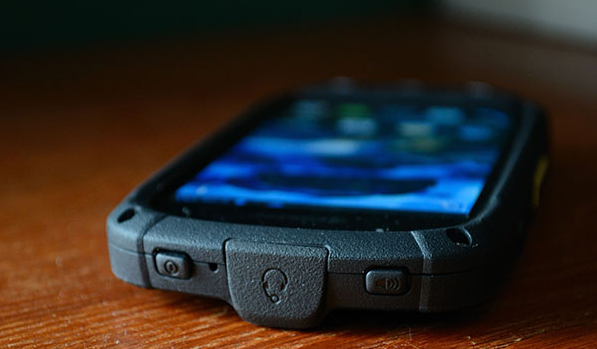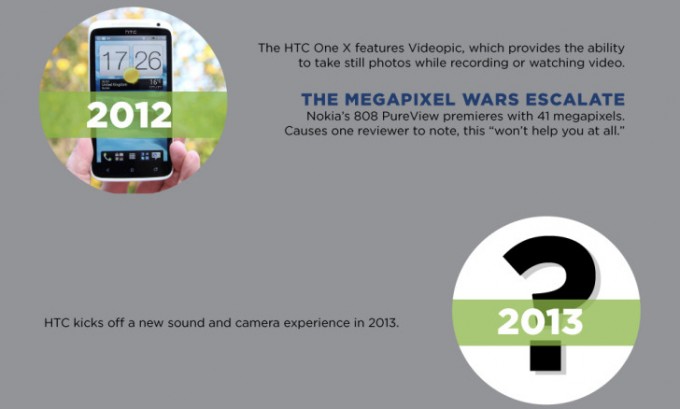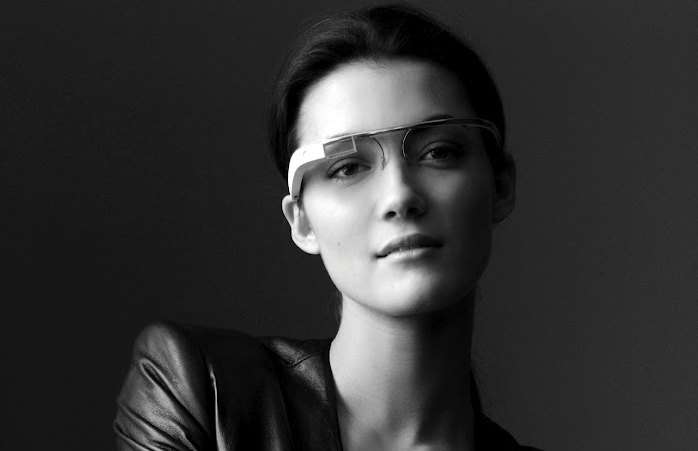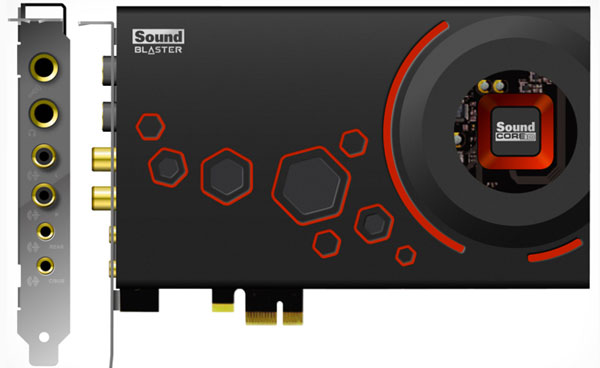
What if a phone didn’t need a speaker to relay a phone conversation to you? Sounds crazy, maybe. We’ve been utilizing speakers (almost exclusively) since Alexander Graham Bell (or Innocenzo Manzetti, depending on how you look at it) invented the telephone, so not having one seems far fetched...
Read the full story here... Source: Android Authority



